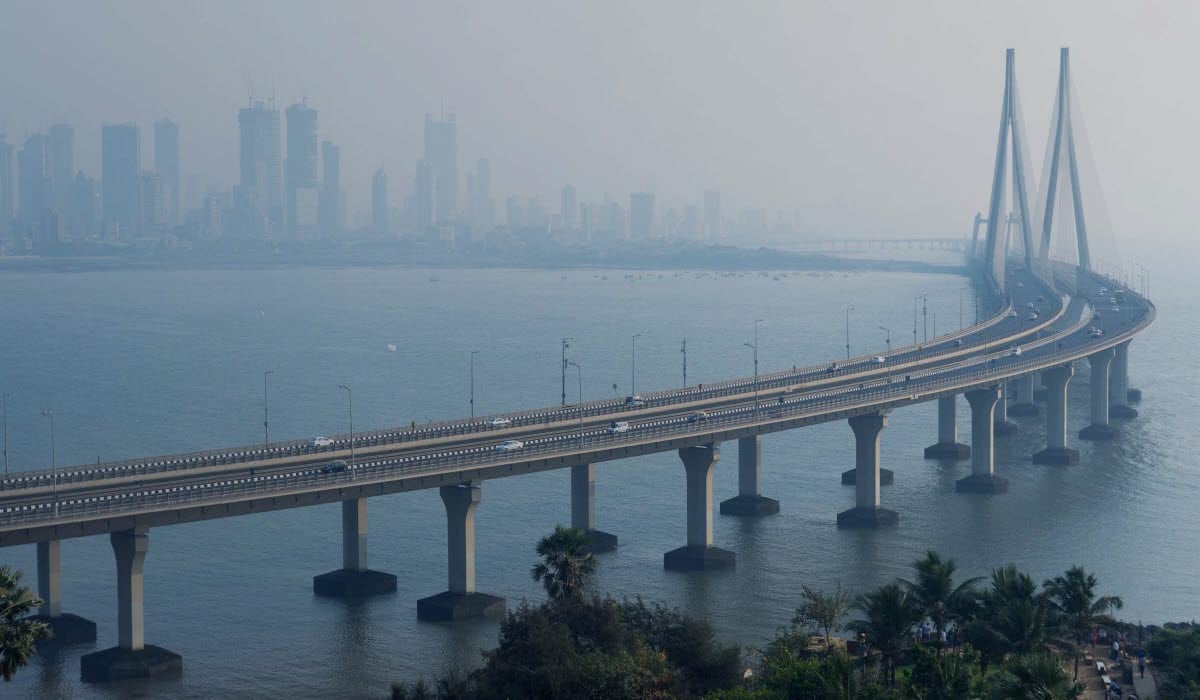There are several overarching economic and social trends common in the region that are driving unprecedented change – and presenting vast opportunities for Swedish retail companies.
A burgeoning consumer market
Southeast Asia’s total population of nearly 700 million people is quickly becoming one of the world’s largest collective consumer markets, increasingly driving economic growth in the region. This can be attributed to rising disposable incomes, a fast-growing middle class, and changing lifestyles which have fuelled a surge in consumer spending. This has been paired with the bounce-back of brick-and-mortar retail as the ripple of the pandemic recedes...
E-commerce boom
An increased demand for convenience, cost-effective, interactive, and personal shopping experiences are drivers behind the e-commerce boom. The increase of mobile internet penetration has also acted as a catalyst for the explosive growth of e-commerce. According to a report from Google and Bain & Company, as many as 40 million people in Singapore, Malaysia, Indonesia, Philippines, Vietnam, and Thailand became new internet users in 2021, with another 20 million users in 2022. Social media platforms and engagement have become key influencers in consumers’ purchasing decisions; retailers are becoming more active on social media to engage their target audience in product updates and promotions, as well as educating consumers about their products.
The pandemic has reshaped consumers’ retail expectations across the region. Increased competition in the e-commerce space at the start of the pandemic saw retailers invest heavily in their digital infrastructure to keep up with customer demand.
Key players and marketplaces
Online platforms have established themselves in the Southeast Asian e-commerce market, including regional giants like Lazada, Shopee, Sendo, and Tokopedia. These marketplaces have revolutionised online shopping by offering a diverse range of products, attractive discounts, and seamless delivery services to consumers. More people are buying a wider array of products online across more diversified channels.
Shift in supply chains and increased demand on logistics
As the range of fulfilment demands expands, supply chains in the region are undergoing a significant shift. McKinsey points out that new logistics capabilities most likely will be required, and incumbent logistical players and new entrants who possess them stand to reap the biggest rewards.
With the exponential growth of e-commerce activity on the subcontinent, international companies will look to increase their manufacturing presence in the region. This is not only aimed at meeting global demand but also to cater to the growing appetite within the local market.
Opportunities for traditional retailers
While e-commerce has witnessed exponential growth, traditional retailers are not being overshadowed and should still see the region as potential for expansion. The opportunities are there for retailers to leverage the increasing importance of e-commerce for the Southeast Asian consumer and bridge the gap between online and offline channels, creating an integrated omnichannel approach. The most successful traditional retailers integrated their physical stores with online platforms allowing for a more optimal and seamless shopping experience.
With more consumers embracing non-cash payment methods, adapting to these evolving consumer spending patterns becomes advantageous for retailers.
Personalised and ‘Just for Me’ experiences
states that in the wake of the pandemic, experiential retail is taking centre stage as brands are positioning their retail stores as more than just a transactional destination, but one where consumers can engage with the brand and co-create.
By integrating the physical and digital elements through a tailored omnichannel strategy, it allows retailers to increasingly provide consumers with tailored and ‘Just for Me’ experiences that are built around their specific persona. In today's consumer landscape, there is a heightened expectation for quick and personalised customer service. Consumers anticipate and expect retailers to offer a broader selection of products, delivered at a faster pace, through targeted omnichannel approaches.
Conclusion
The post-pandemic and growing retail landscape in Southeast Asia is a competitive one where customers are increasingly looking toward convenience, but with high expectations on seamlessness of consumption via digital platforms. Beyond this, consumers have a focus on trusted brands where transparency, sustainability, and social impact are increasingly valued.
The modern retail landscape presents ample opportunities for brands with the right blend of offline to online (O2O) approach, the right product fit speaking to the modern Southeast Asian consumer, and a go-to-market approach that will allow them to navigate the challenges of entering maybe the most exciting region in the world right now.






